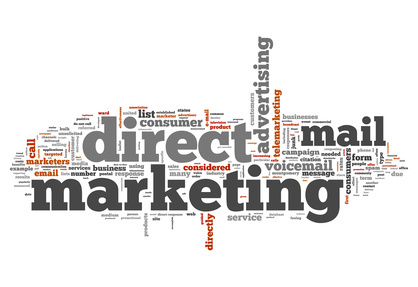
In direct marketing, your offer -- what recipients receive when they reply to you -- is the key to generating a prompt response and timely sales. Other than data selection and personalization, nothing has a greater impact on the success of a direct marketingl effort than a simple, specific, easy-to-obtain offer.
While offers can take many forms (free gift, discount, risk-free trial, free demo) relevancy is critical to success. For example, a retailer aiming to attract customers can offer a 20% discount to attract customers. However, business-to-business marketers, who set their sights on decision makers, usually focus offers on problem solving, increasing efficiency and improving the bottom line. ("If you complete the enclosed form and mail it today, we'll let you try our money-saving software for 30 days, free, without risk or obligation." or "Do your heating bills look like you have open windows ? We can help reduce the costs of heating your facility")
After ensuring that your offer is relevant -- targeted to your audience's profile and addressing their needs -- there are techniques to help you craft a compelling offer:
•Be precise and concrete. "Return the enclosed card to learn how you can save $395 on your next order" is specific and tangible; "Call for more information" is fuzzy, it is not an offer.
•Emphasize the positive. "You can save $500 a year on your electric bill" is a more positive approach than, "You're paying too much for electricity."
•Use dollar figures rather than percentages. "Get a $25 discount" makes a much stronger argument than "Save 10%."
•Highlight a win-win guarantee. "We'll give you your money back, if our widget doesn't meet your expectations" is a powerful promise that also builds trust in your company and speaks to your integrity.
•Set a deadline. "If you return this form within the next two weeks, you'll get $100 off your order" can get your mailing prompt attention rather than have it disappear among the debris shoved between the tape dispenser and the stapler.
•Offer value. "Respond to our survey and we'll send you a $100 gift certificate" has real perceived value to a potential customer.
•Make it useful. "Call, visit our website or send in the attached card and receive a free pocket calculator" is more meaningful than "a free bag of dust from Jupiter".
•Make it easy to respond. Limit your conditions of purchase and create a clear, simple and short order form, an easily navigated landing page on your website, perhaps a PURL, or toll free telephone number. Make sure each option is presented prominently.
Remember, direct marketing is interactive; especially so when using direct mail; your immediate goal is to get a response to your mailing. Your campaign is your one on one salesman substitute. If your recipient reads your beautiful brochure and information but says, "That's interesting," and sets it aside, you have not met your goal. Your offer must be a strong motivator, overcome objections and stimulate your recipient to take action now. And, that is the bottom line in direct marketing.
If you would like to read more of Greg's published articles please visit the Lorraine Gregory Communications Group website
This blogger graduated from Goldman Sachs' 10,000 Small Businesses program. Goldman Sachs is a partner of the What Is Working: Small Businesses section.
